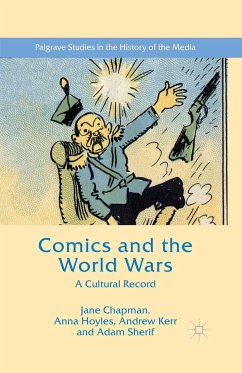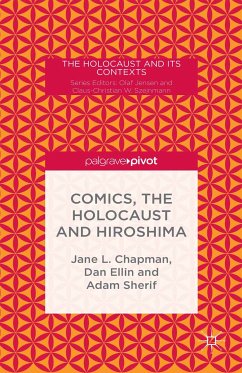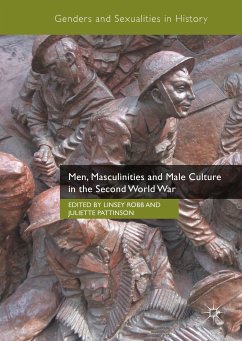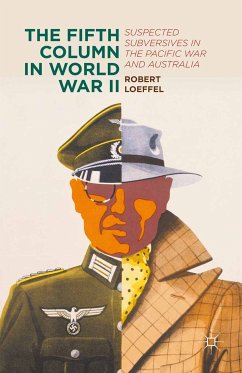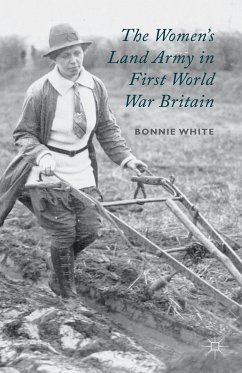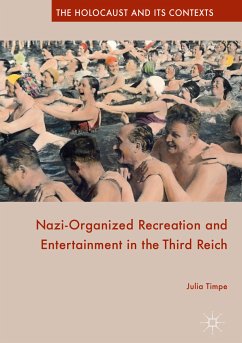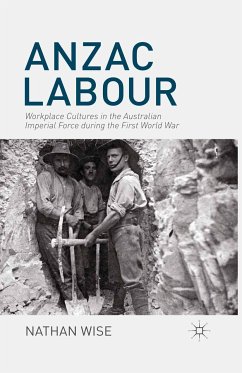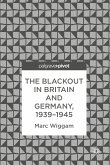This transnational, interdisciplinary study argues for the use of comics as a primary source. In recuperating currently unknown or neglected strips the authors demonstrate that these examples, produced during the World Wars, act as an important cultural record, providing, amongst other information, a barometer for contemporary popular thinking.
Dieser Download kann aus rechtlichen Gründen nur mit Rechnungsadresse in A, B, BG, CY, CZ, D, DK, EW, E, FIN, F, GR, HR, H, IRL, I, LT, L, LR, M, NL, PL, P, R, S, SLO, SK ausgeliefert werden.
"Mining comics and cartoons as historical sources, this is an innovative, theoretically sophisticated study that crosses national and geographical boundaries. It makes a pioneering contribution to print, labour, gender and new cultural history, and the expanding field of humour studies, through a captivating series of case studies from both World Wars." - Bridget Griffen-Foley, Macquarie University, Australia
"This study's focus on homefront and front-line comics from the two world wars brings welcome attention to texts generally ignored by scholars of history and comic art alike. Its argument for the significance of these largely overlooked comics as valuable source material opens the doors for further studies in these two fields and beyond." - Gene Kannenberg, Jr., Northwestern University, USA
"This book establishes the significance of comics as a cultural record, with lesser-known and forgotten titles giving important insights into everyday lives and mentalities across the English-speaking world in times of war. Comics are an exciting addition to the repertoire of sources that inform commemorative activities in the 21st century as well as historical studies of the period." - Sarah Lloyd, Director of Everyday Lives in War, an AHRC-funded First World War Engagement Centre, UK
"I found particular value in the close readings of comics of William Haselden, more obscure artists from the left wing press in America and Australia, and soldier artists from the trench papers. The authors tackle issues of gender representation and certainly Kathleen O'Brien's 'Wanda the War Girl' comic warrants closer attention." - Ian Gordon, National University of Singapore, Singapore
"This study's focus on homefront and front-line comics from the two world wars brings welcome attention to texts generally ignored by scholars of history and comic art alike. Its argument for the significance of these largely overlooked comics as valuable source material opens the doors for further studies in these two fields and beyond." - Gene Kannenberg, Jr., Northwestern University, USA
"This book establishes the significance of comics as a cultural record, with lesser-known and forgotten titles giving important insights into everyday lives and mentalities across the English-speaking world in times of war. Comics are an exciting addition to the repertoire of sources that inform commemorative activities in the 21st century as well as historical studies of the period." - Sarah Lloyd, Director of Everyday Lives in War, an AHRC-funded First World War Engagement Centre, UK
"I found particular value in the close readings of comics of William Haselden, more obscure artists from the left wing press in America and Australia, and soldier artists from the trench papers. The authors tackle issues of gender representation and certainly Kathleen O'Brien's 'Wanda the War Girl' comic warrants closer attention." - Ian Gordon, National University of Singapore, Singapore

